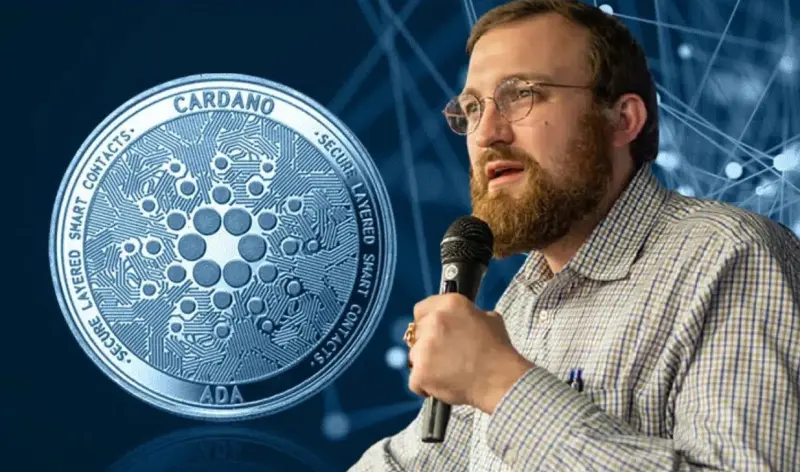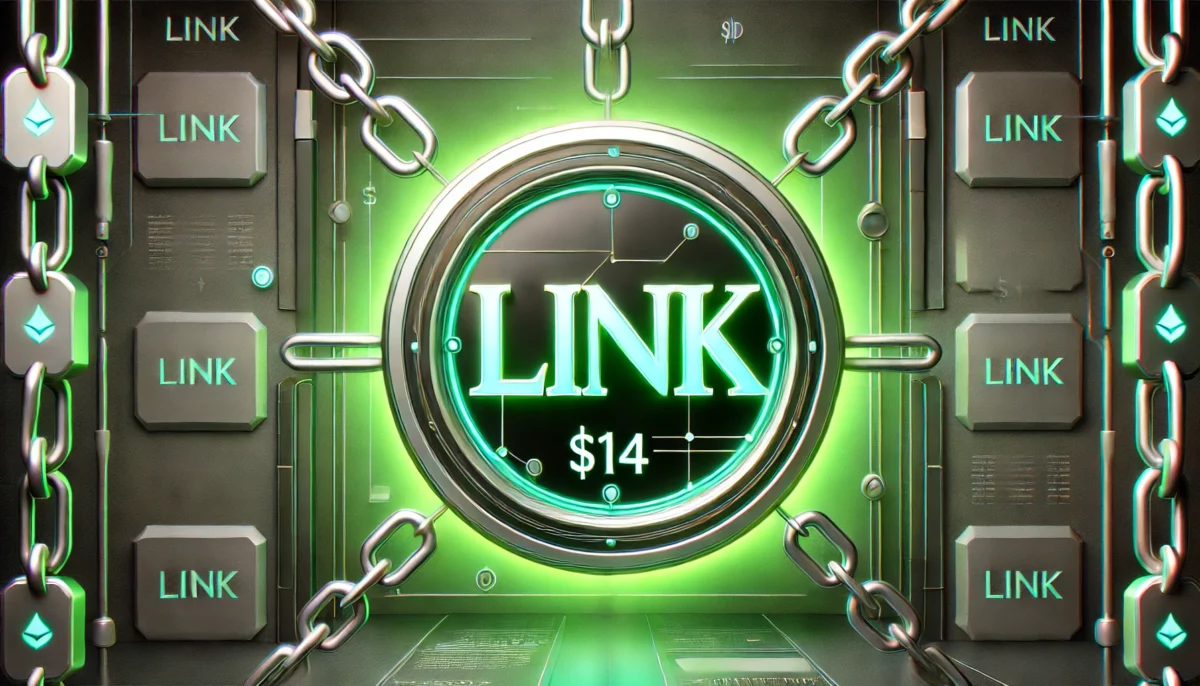
- According to Ripple CTO Schwartz, the structure and governance of the XRP ledger significantly reduce the risk of a hard fork.
- Quantum computing does not pose a significant threat, at least to XRP, in the next 20-40 years.
Discussions in the XRP community have sparked rumors about a possible hard fork of the XRP ledger XRPL. This has now been denied by Ripple CTO David Schwartz and JA Akinyele, Head of Engineering.
In a recent conversation, they explored theoretical applications of XRP in DeFi, both through native onchain protocols and external applications.
The discussion covered staking concepts and governance mechanisms, including a potential limited-supply governance token designed for voting control, although no official proposal was released.
Schwartz emphasizedthat all public Layer 1 blockchains, including XRP, are theoretically controlled by forks. However, XRPL is uniquely protected from such outcomes through a system of overlapping validators.
All public layer one blockchains are ultimately governed by fork. But I think it’s good to have robust protections from other governance mechanisms that help reduce the risk of a fork. XRPL’s published UNL is one such mechanism. Validator’s voting for amendments is another.
— David ‘JoelKatz’ Schwartz (@JoelKatz) November 19, 2025
Each server in the ledger relies on a Unique Node List (UNL) that contains trusted validators that participate in consensus building. The high redundancy of these lists, up to 90% in extreme scenarios, ensures that transactions are validated consistently across the network, reducing the risk of a fork.
The XRP Ledger supports this through recommended validation lists published by both Ripple and the XRP Ledger Foundation, which help maintain consensus and network integrity.
Technical protection measures strengthen XRPL security
The UNL is crucial to the XRPL network’s resilience to forks. Each vote to be validated is determined by the UNL of the respective validation server. If different servers had different UNLs, there could have been conflicting validations for different ledgers.
This ensures that validators are on the same page no matter what scenario they find themselves in. Ripple’s development team has incorporated all of this into its model to ensure that there are no conflicts when confirming transactions on its network.
The community’s concerns regarding forks have therefore been adequately addressed through such a consent-based, layered approach to governance.
XRP and Quantum threats are still a long way off
In addition to concerns about forking, there have also been issues about XRP’s resilience to quantum computing. Recently the researcher Pompius the resistance of XRP to quantum computers noted and states that XRP is not at risk from quantum computing in the next 20 to 40 years.
Carrying out quantum attacks requires quantum computers capable of breaking elliptic curve signatures. However, currently their hardware only works with a few hundred qubits, a far cry from the millions of qubits such attacks would require.
XRP FACES NO QUANTUM THREAT FOR THE NEXT 40 YEARS!
XRP currently faces no meaningful quantum threat for the next twenty to forty years, based on everything we know from quantum hardware roadmaps, cryptographic thresholds, and XRPL’s upgrade path.
Here is the reality:… pic.twitter.com/dKGcptAIGG
— Pumpius (@pumpius) November 17, 2025
XRP’s network protocol was also designed with forward compatibility in mind. Private keys are created with a high random factor to reduce gaps in the patterns and there is a seamless transition to quantum-safe cryptographic algorithms.
According to experts, it is feasible for XRPL to build in post-quantum security features long before quantum computers pose a real threat.
Ripple’s technology division has clarified both the governance and security aspects of XRP. The ledger’s robust validator structure combined with future-ready cryptography puts to rest fork rumors and positions the network as resilient to long-term technological threats.








No Comments